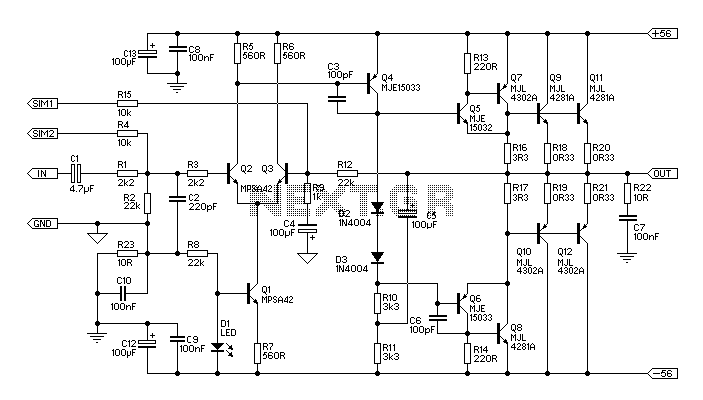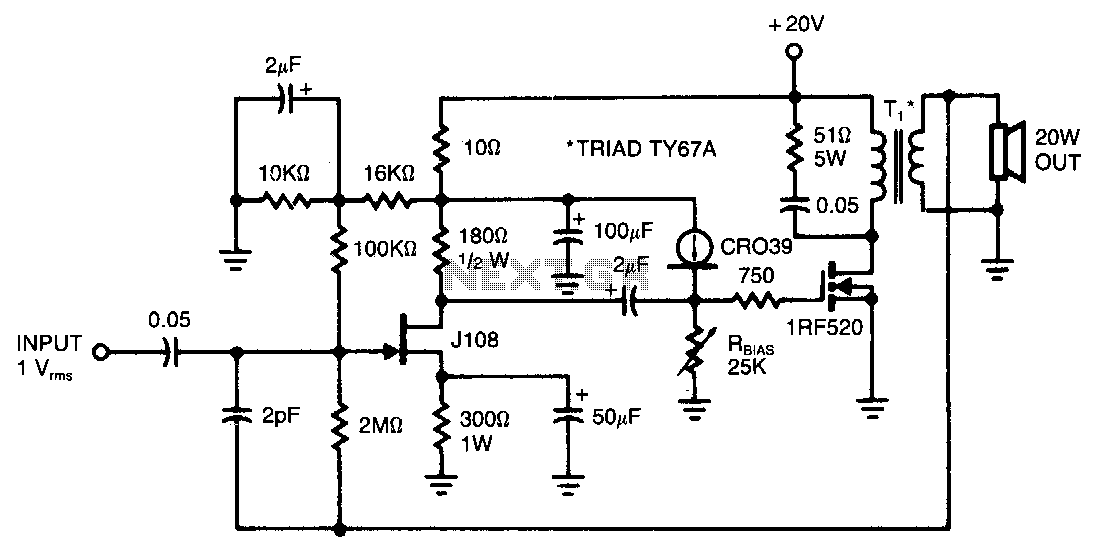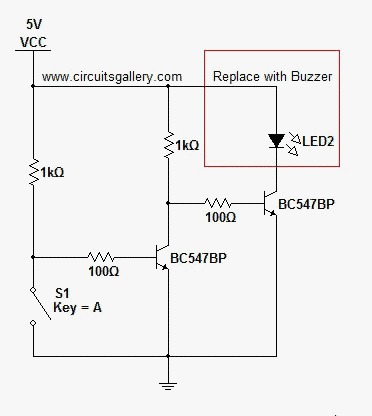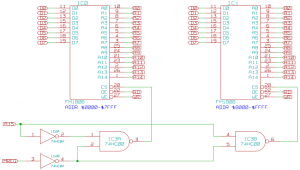
Current amplifier circuit configuration
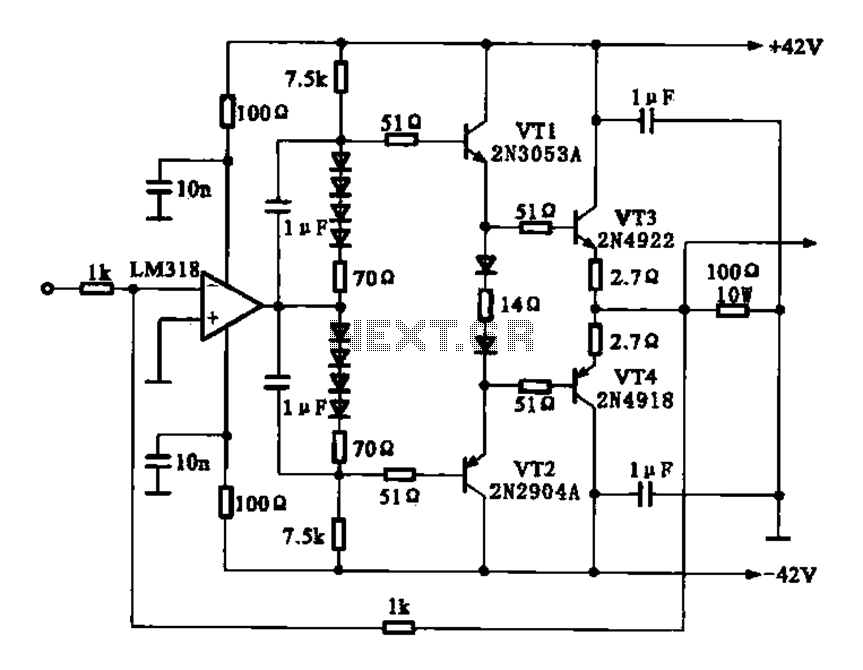
The current amplifier circuit configuration is illustrated in the figure. It consists of a two-stage operational amplifier, the LM318, arranged in a complementary push-pull amplifier configuration, which exhibits low output resistance and possesses load capacity features.
The current amplifier circuit employs the LM318 operational amplifier, known for its high performance in various applications. The two-stage configuration enhances the gain while maintaining stability and reducing distortion. The complementary push-pull arrangement utilizes both NPN and PNP transistors, which allows for efficient amplification of both positive and negative signal swings.
In this configuration, the output stage benefits from low output resistance, which is crucial for driving loads effectively without significant voltage drop. This characteristic is particularly advantageous in applications requiring high current delivery to the load, ensuring that the amplifier can maintain signal integrity even under varying load conditions.
The circuit typically includes feedback mechanisms to regulate gain and improve linearity. The feedback network can be designed to optimize bandwidth and transient response, making the amplifier suitable for a wide range of applications, including audio amplification, signal conditioning, and sensor interfacing.
Additionally, the LM318 operational amplifier features a wide supply voltage range, which allows for flexibility in design. Proper decoupling capacitors should be placed near the power supply pins to minimize noise and enhance performance. The layout of the circuit should prioritize short traces for high-frequency signals to reduce parasitic capacitance and inductance, which can adversely affect the amplifier's performance.
Overall, the described current amplifier circuit configuration is well-suited for applications demanding robust performance and reliability, thanks to its thoughtful design and the inherent capabilities of the LM318 operational amplifier.Current amplifier circuit configuration is shown in Fig., Followed by a two-stage operational amplifier LM318 complementary push-pull amplifier having an output resistance anti -low, with a load capacity features.
The current amplifier circuit employs the LM318 operational amplifier, known for its high performance in various applications. The two-stage configuration enhances the gain while maintaining stability and reducing distortion. The complementary push-pull arrangement utilizes both NPN and PNP transistors, which allows for efficient amplification of both positive and negative signal swings.
In this configuration, the output stage benefits from low output resistance, which is crucial for driving loads effectively without significant voltage drop. This characteristic is particularly advantageous in applications requiring high current delivery to the load, ensuring that the amplifier can maintain signal integrity even under varying load conditions.
The circuit typically includes feedback mechanisms to regulate gain and improve linearity. The feedback network can be designed to optimize bandwidth and transient response, making the amplifier suitable for a wide range of applications, including audio amplification, signal conditioning, and sensor interfacing.
Additionally, the LM318 operational amplifier features a wide supply voltage range, which allows for flexibility in design. Proper decoupling capacitors should be placed near the power supply pins to minimize noise and enhance performance. The layout of the circuit should prioritize short traces for high-frequency signals to reduce parasitic capacitance and inductance, which can adversely affect the amplifier's performance.
Overall, the described current amplifier circuit configuration is well-suited for applications demanding robust performance and reliability, thanks to its thoughtful design and the inherent capabilities of the LM318 operational amplifier.Current amplifier circuit configuration is shown in Fig., Followed by a two-stage operational amplifier LM318 complementary push-pull amplifier having an output resistance anti -low, with a load capacity features.

